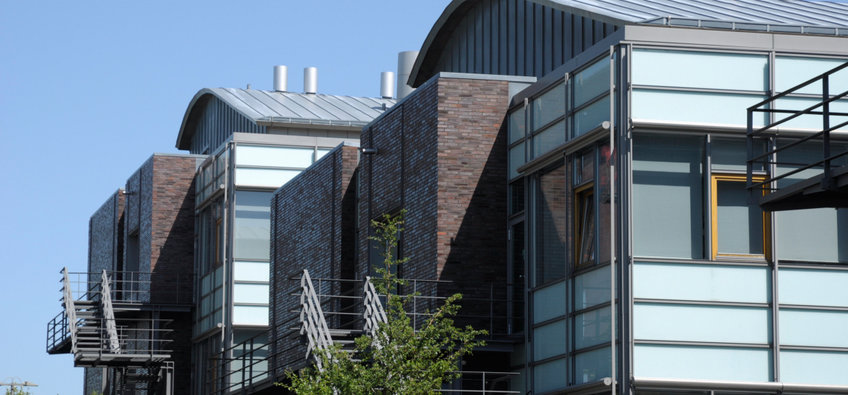
Max Planck Institute of Molecular Physiology
In line with its scientific mission, "from molecule to man", the Max Planck Institute of Molecular Physiology conducts basic biomedical research in Dortmund. At the interface between structural biology, molecular cell biology and chemical biology, the Institute’s scientists pursue an interdisciplinary research approach leading to a unique liaison between chemistry and biology. The scientific concept aims to achieve a holistic understanding of the dynamics of cellular reaction networks. By identifying and synthesising near-natural active substances, the scientists can accurately modulate intracellular processes. State of the art imaging methods are used to depict molecular reactions in cells. An important aspect of the scientists' systems-biological research work is the act of clarifying the molecular causes of diseases which, as in the case of cancer, are based on faulty intracellular signal transmission.
Contact
Otto-Hahn-Str. 1144227 Dortmund
Phone: +49 231 133-0
Fax: +49 231 133-2699
PhD opportunities
This institute has an International Max Planck Research School (IMPRS):
IMPRS for Living MatterIn addition, there is the possibility of individual doctoral research. Please contact the directors or research group leaders at the Institute.









